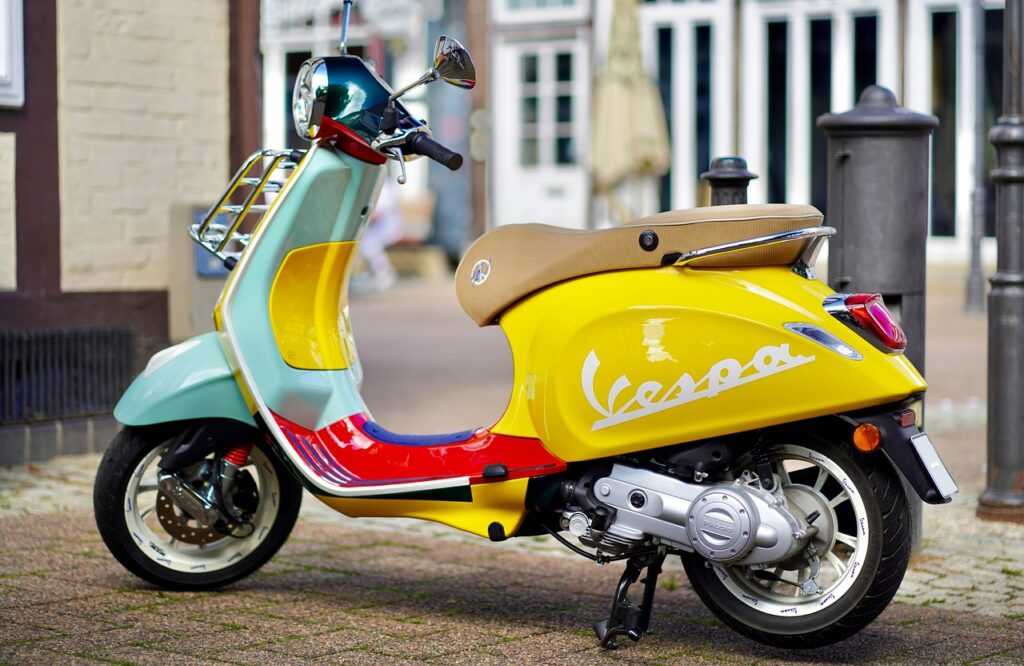What Is fetishfreaksafrica?
fetishfreaksafrica is equal parts creative rebellion and cultural remix. It’s not just a brand or aesthetic—it’s a space where African identity meets provocative art, alternative fashion, and kink culture. Think tight leather, traditional patterns, body paint, beads, bondage gear, and Afrofuturism—all sitting at the same table.
This concept isn’t about shock value. It’s about ownership. Of the body. Of identity. Of stories that were once buried under colonial shame. The vibe? African, fierce, and defiant. It dares to take what’s taboo and flip it into power.
The Roots That Matter
This movement has deep roots. African traditions are filled with ritualistic adornments, scarification, sensual dance, and symbolism. Fetish wear and bold fashion statements didn’t start in Europe’s punk scene—they’ve been right here in Africa, in tribal ceremonies, warrior gear, and spiritual dress codes.
fetishfreaksafrica reclaims that energy. It draws on the continent’s spiritual and aesthetic tools and reworks them for a generation carving out its own voice in a hyperconnected world. Visual artists, designers, and models are pushing that narrative: Black skin wrapped in chains, beads, latex, and cultural fabrics. Not for objectification, but selfdefinition.
More Than Fashion: Identity On Display
This movement lets people tell the truth with their bodies. Gender norms? Smashed. Sexuality? Fluid. Style? Loud, layered, and unapologetic. Through experimental visuals and personal storytelling, creatives are shifting Africans’ place in the global conversation around kink, queerness, and selfexpression.
On social media and in underground art spaces, the aesthetic challenges what African fashion is “supposed to” look like. Lace and leather live harmoniously with Ankara and Ndebele beadwork. Power meets pleasure. And it’s all on display—in photography, digital art, performance, and film.
The Creators Redefining the Space
The movement gains momentum through talent that’s hard to ignore. Designers who make wearable statements. Photographers who shoot from a place of resistance. Stylists turning bodies into political protest. And performers grounding their art in the struggle for Black liberation.
They’re building collectives not just to showcase their work, but to protect each other. In spaces where queerness and kink are culturally and sometimes legally suppressed, safety becomes as vital as visibility.
fetishfreaksafrica creators are pushing not only what you wear, but why you wear it—and who gets to decide what’s “appropriate.” Spoiler: not the West, not the government, not tradition. Just you.
From Street to Gallery (and Back Again)
This fluid movement isn’t locked into studios or runways. It thrives in everyday streets, dance parties, zines, blogs, and Instagram feeds. But it’s also starting to seep into more “legit” art circles—galleries, design exhibitions, and fashion weeks.
The transition from underground to spotlight brings risks. Commercialization. Dilution. But the core creators aren’t interested in mass appeal. They’re allergic to being boxed in. Most of them prefer the rawness of community platforms—popup shows, warehouse parties, and film collectives where the message stays unfiltered.
Still, the world is paying attention. Institutions are trying to coopt the aesthetic. The smart ones know they’ll have to play by new rules—or be rejected.
Culture and Kink: Let’s Clear This Up
Talking about fetish in an African setting isn’t simple. In many communities, even basic conversations about desire are censored or taboo. But fetishfreaksafrica doesn’t wait for permission. It challenges that silence, showing how kink, identity, and expression are often interconnected.
This isn’t porn. It’s not shock tactic. It’s a conscious, creative use of erotic symbolism to reclaim stolen narratives. Whether it’s bondage harnesses made from tribal fabric, or portraits that sexualize power dynamics within postcolonial contexts—this stuff is deeper than just looks.
It’s also healing. For many, exploring fetish through art or fashion becomes part of reclaiming ownership of bodies once colonized, stigmatized, or shamed.
Criticism? Plenty. But That’s the Point
Movements like this don’t land quietly. Critics abound—some say it’s too extreme, too Western, too sexual. But these critiques often miss the point. If it makes people uncomfortable, good. That discomfort is part of the design.
What fetishfreaksafrica does is throw open the closet doors—sexual, cultural, personal—and ask, “What if we never fit in, and that was our strength?”
There’s room for dialogue. For evolution. But there’s no retreat. This isn’t a trend, it’s a reclamation.
The Future Is Deliciously Nonconforming
Looking ahead, the wave is only growing. Younger creators are bolder, more connected, and quicker to call out hypocrisy. They’re building bridges across continents, threading their stories into the global scene of alternative Black expression.
Tech helps here—virtual galleries, underground social networks, encrypted platforms. Safe spaces are going digital, but they’re still real.
More collaborations. More resistance through design. More control over the African narrative.
In short: fetishfreaksafrica is far from done.
WrapUp
To be part of it, you don’t need to wear latex or post wild photos—not unless you want to. What matters is alignment with the mission: bold authenticity, radical selfexpression, unapologetic storytelling from the margins.
Whether you’re curious, creative, kinkaware, or culturally proud—this movement has a place for your voice. Just keep it real, keep it intentional, and let the work speak louder than the noise.
fetishfreaksafrica wasn’t made to fit in. It was made to reshape the space entirely.





